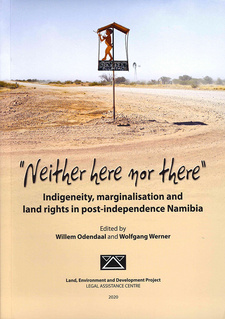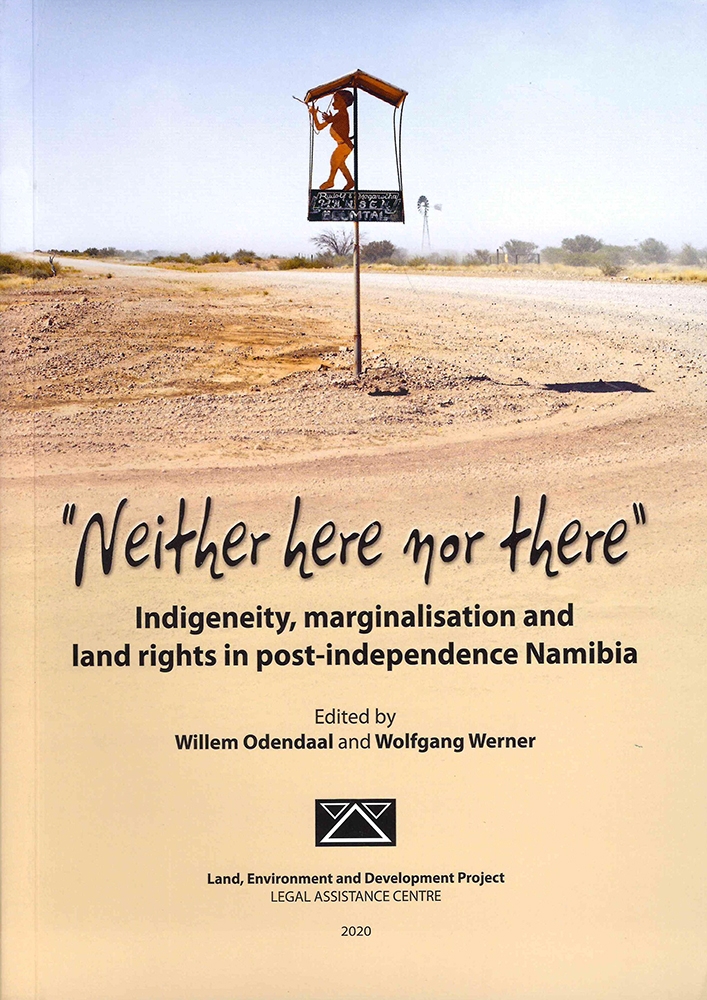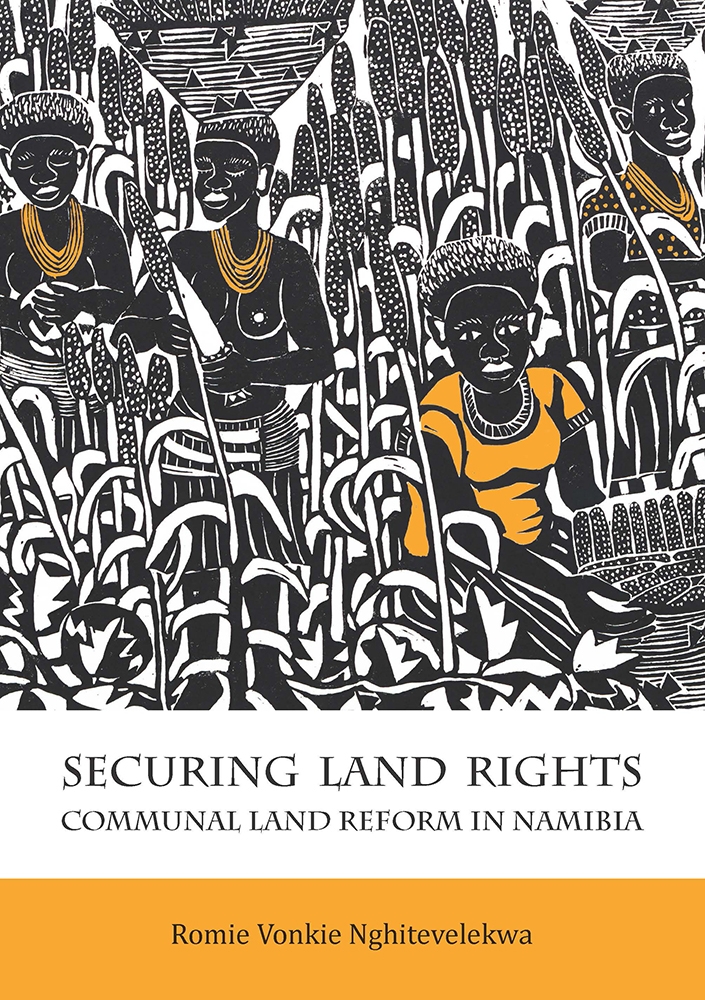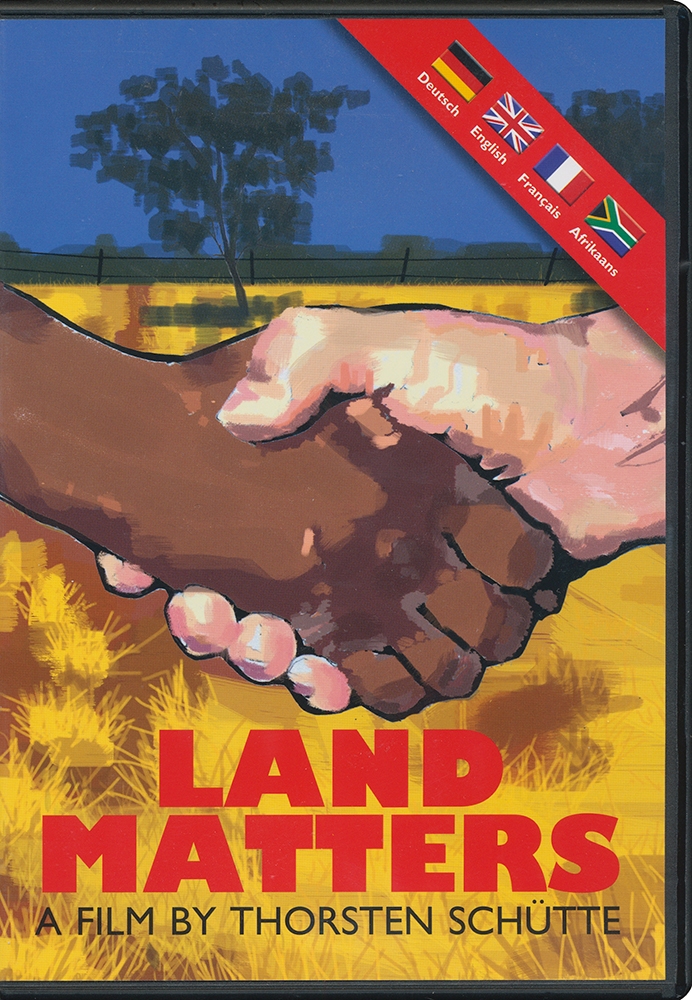Neither Here nor There: Indigeneity, Marginalisation and Land Rights in Post-Independence Namibia, by Willem Odendaal and Wolfgang Werner

Neither Here nor There: Indigeneity, Marginalisation and Land Rights in Post-Independence Namibia, by Willem Odendaal and Wolfgang Werner. Land, Environment and Development Project, LEGAL ASSISTANCE CENTRE. Windhoek, Namibia 2020. ISBN 9789994561582 / ISBN 78-99945-61-58-2
The selection of chapter themes for this publication, Neither Here nor There: Indigeneity, Marginalisation and Land Rights in Post-Independence Namibia, by Willem Odendaal and Wolfgang Werner, was guided mainly by the deliberations that took place during the Second National Land Conference in October 2018.
Against the background of the skewed land tenure system Namibia inherited at the time of independence, Samuel Amoo's chapter, "Land reform in Namibia: Beyond 2018", focuses on the policies and legislation the Government of the Republic of Namibia (GRN) adopted and promulgated in order to address the land question in the country. Amoo shows that for decades after independence, the land question in Namibia has remained an issue of national concern, and that many issues related to land rights were addressed at the Second National Land Conference. This chapter illustrates the processes of land reform since independence, including the reform of agricultural commercial land, the reform of tenure rights in communal land areas, and urban land reform. The chapter states that land reform is a complex undertaking, and argues that its effective and successful implementation requires more than the existence of an enabling legal regime. In addition, Amoo argues that it requires a healthy economic environment that is capable of providing the requisite fiscal cushioning and integrity for the GRN to execute a meaningful land reform programme, and that it further requires the cooperation, commitment and partnership of the public and private sectors alike. The chapter of Selma Lendelvo, Martin Shapi and Clever Mapaure, "The economic viability of commercial farms under the government's resettlement programme", outlines the long history of land issues in Namibia, and how the GRN approached the skewed land ownership regime by introducing the Land Reform Programme after independence. It focuses on the different policies and programmes implemented by the GRN in order to ensure fair land distribution among all Namibians and the integration of previously disadvantaged Namibians into the mainstream of the country's economy. The chapter points to the National Resettlement Policy, the Agricultural (Commercial) Land Reform Act (No. 6 of 1995), and the Communal Land Reform Act (No. 5 of 2002), as the key instruments that guide land reform in the country, particularly concerning the acquisition of farmland for redistribution purposes. The chapter seeks to document factors influencing the economic viability of the resettlement programme in Namibia by analysing both the ability of leasehold agreements granted to resettlement beneficiaries by the MLR to attract investment contrast to other ethnic groups in Namibia, the Hai||om found themselves to be altogether dispossessed of their land, with no access to communal land. That is the reason why neither traditional livelihood strategies (hunting and gathering) nor agriculture can play a significant role in sustaining the Hai| |om peoples' livelihoods. Formal employment opportunities are rare, and dependence on welfare support provided by the state is high, while educational levels among the Hai||om are generally low. Around 2007, the GRN commenced with some efforts to compensate Hai||om for the loss of their land during colonial times by purchasing a number of farms for them in the vicinity of ENP and offering them relocations. This chapter explains that the Hai| |om were dissatisfied with this approach because it lacked actual access to the park, thereby ignoring the Hai| |om's spiritual connection to the land and failing to enable them to sustain their livelihoods. This resulted in the Hai||om launching a legal claim to the ENP and Mangetti West areas. In this context, the chapter highlights the issue of representation of ethnic minorities in negotiations and legal process with the GRN. [...]
This is an excerpt from Neither Here nor There: Indigeneity, Marginalisation and Land Rights in Post-Independence Namibia, by Willem Odendaal and Wolfgang Werner.
Title: Neither Here nor There
Subtitle: Indigeneity, Marginalisation and Land Rights in Post-Independence Namibia
Editors: Willem Odendaal; Wolfgang Werner
Publisher: Land, Environment and Development Project, LEGAL ASSISTANCE CENTRE
Windhoek, Namibia 2020
ISBN 9789994561582 / ISBN 78-99945-61-58-2
Softcover, 17 x 24 cm, 394 pages
Odendaal, Willem: Werner, Wolfgang im Namibiana-Buchangebot
Neither Here nor There: Indigeneity, Marginalisation and Land Rights in Post-Independence Namibia
Neither Here nor There: Indigeneity, Marginalisation and Land Rights in Post-Independence Namibia.
Weitere Buchempfehlungen
Securing Land Rights. Communal land reform in Namibia
Securing Land Rights - Communal land reform in Namibia: This study achieved financial support by the German Research Foundation (DFG) through the collaborative research center 'Future Rural Africa'.
Land Matters. Strategien als Reaktion auf Auswirkung der Landreform in Namibia
Wie Farmer in Namibia Strategien als Reaktion auf Auswirkung der Landreform entwickeln und ihre Gedanken darüber zeigt der Film Land Matters.



